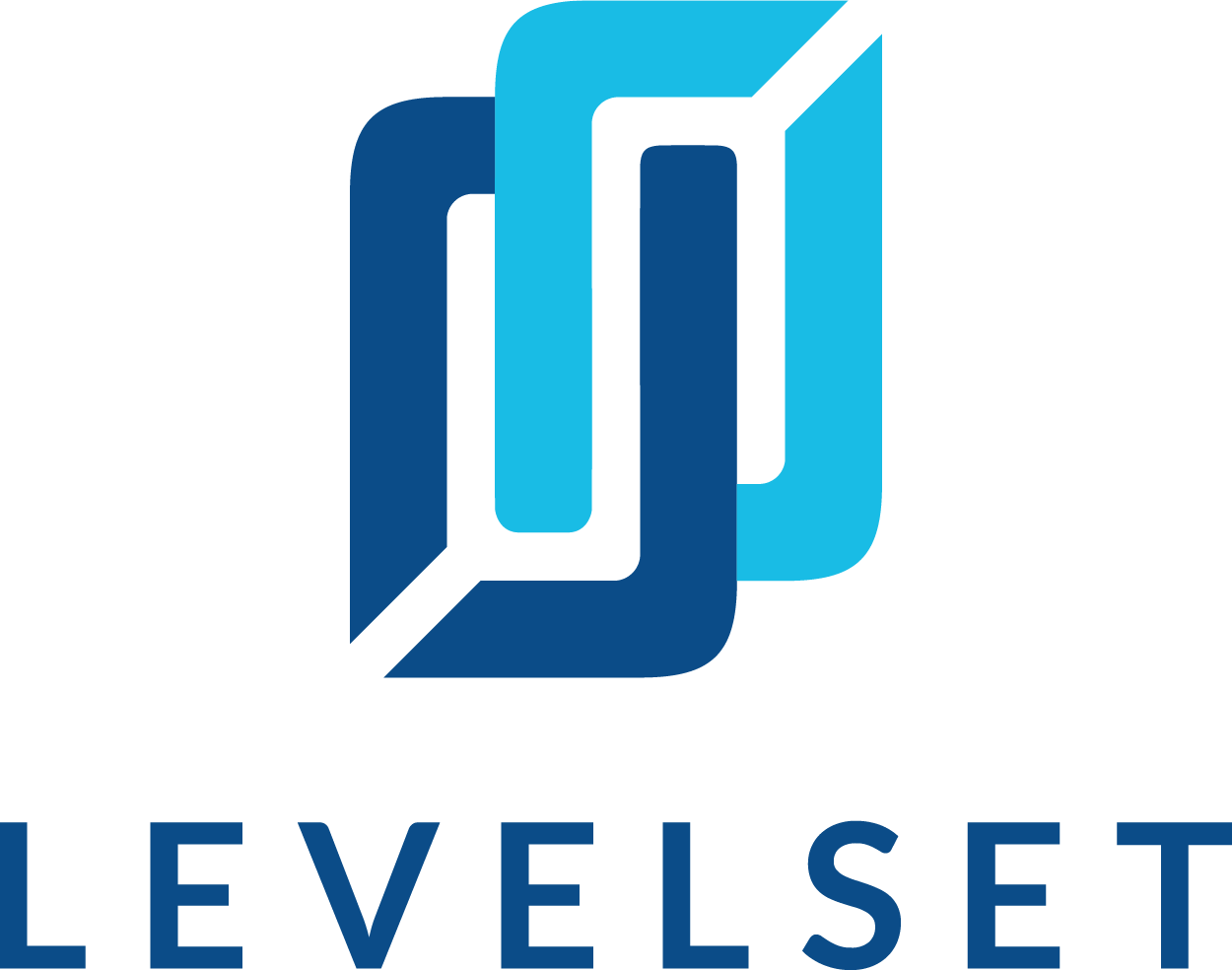
Getting paid is at the core of every business – it just so happens that in the construction business, getting paid can be much more challenging than it is in other industries, especially when it comes to getting paid on time. Complex payment applications, multiple parties required to receive payment prior to disbursing funds, pay-when-paid clauses, and more all conspire to create the potential for slow payment. In an industry where companies work on razor-thin margins, and have their own payment obligations to worry about, slow payment hiccups can very easily become cash-flow nightmares.
Fortunately, there are laws to streamline construction participants’ time to payment – these Prompt Pay laws provide a general timeline for payment moving through each level of the contracting chain. While not a “fix-everything” solution, the guidelines set out by the prompt pay laws in many states should provide the base-line time in which a company should expect payment for the labor or materials furnished to a construction project for purposes of cash-flow management.
Read More:
Prompt Payment in Construction | Resources for all 50 States from Levelset
Federal Prompt Pay Act
Along with the protections provided by the Miller Act, subcontractors on federal projects have the additional protection of the federal Prompt Payment Act. This Act requires federal construction contracts to include a clause obligating the prime contractor to pay subcontractors for “satisfactory” performance within seven days of receiving payment from the government. Without the mandated clause, the timing of payment would generally be left up to the discretion of the direct contractor (through agreement with the sub by contract) and payment would not necessarily be made as quickly. It’s worth noting, however, that despite the government-mandated payment timing clause, the government cannot be made a party to a dispute over late payments. Failure to pay within the appropriate time frame obligates the paying party to pay interest on the past-due amounts. It’s important to note, however, that the prompt payment obligations do not disallow withholding retainage.
In 2011-2012, the Obama Administration provided supplemental guidance regarding the payment of subcontractors vis-a-vis the Prompt Pay Act. This originally provided that the government should pay small business contractors within 15 days of receiving of a proper invoice. This was subsequently expanded to cover payments to subcontractors by requesting agencies “accelerate payments to all prime contractors, in order to allow them to provide prompt payments to small business subcontractors.” This is supported by an amendment to the Federal Acquisition Regulation (FAR) that requires agencies’ prime contracts include terms that obligate the direct contractor to make accelerated payments to subcontractors when the direct contractor itself receives accelerated payments from the government (given certain documentation requirements).
State Prompt Payment Laws: Public Projects
Prompt payment requirements on non-federal public projects and private projects are governed on a state-by-state basis. While nearly every state has specific prompt payment requirements for public works projects (New Hampshire being the only holdout), over 1/3 of the states have no specific statutory provision regarding prompt payment on private projects. In those states that do, the timeline for payments generally hovers around 30 days from the owner to the GC and generally between 7-14 days after for payment moving down the chain.
Usually, like the federal Prompt Pay Act, these prompt pay statutes do not preclude withholding retainage, and also provide for circumstances in which payment can be withheld past the otherwise applicable deadline.
State Prompt Payment Laws: Private Projects
While these prompt pay statutes provide a general guideline for when payment can reasonably be expected (useful for cash-flow management) they don’t do too much to actually prompt real “prompt payment”. Using an average state’s requirements, payment to a subcontractor can be made nearly 45 days after the GC invoices the property owner, which can be even longer from when the sub actually performed the work or furnished the materials.
It’s important that the desirability of prompt payment has resulted in state protections for construction industry participants, but it’s unfortunate that slow payment remains an industry-wide issue. This means that construction companies should take care to make sure they use all available tools and tricks to get paid faster.

